
Peer-to-peer lending, often abbreviated as P2P lending, presents a revolutionary approach to borrowing and investing, circumventing traditional financial intermediaries such as banks. This groundbreaking financial model directly links borrowers with individual lenders through online platforms, offering a more efficient, transparent, and potentially lucrative process for all involved. As technology progresses, P2P lending is rapidly gaining traction, furnishing accessible funding avenues for borrowers and enabling investors to diversify their portfolios while attaining competitive returns.
Key Takeaways
- Innovative Financial Solution: P2P lending facilitates direct connections between borrowers and lenders via online platforms, sidestepping conventional banks and providing a more transparent and efficient process.
- Accessibility and High Returns: Suited for borrowers with limited credit histories and investors pursuing superior returns, P2P lending offers convenient online accessibility and competitive interest rates, making it a favored option for both parties.
- Risk Awareness: P2P lending carries elevated risks, including borrower defaults and absence of government protection. Investors should diversify their investments and meticulously select reputable platforms to mitigate these risks.
What is Peer-to-peer Lending?
P2P lending circumvents traditional financial institutions like banks and credit unions, rendering it an appealing option for borrowers who may face rejection elsewhere. By directly connecting with peers, borrowers can sidestep stringent credit requirements and protracted application procedures typical of conventional lenders. Investors, in turn, stand to gain from the potential for heightened returns compared to other investment avenues.
Another perk is convenience. P2P lending platforms are readily accessible online, enabling borrowers to secure loans and investors to fund them from the convenience of their homes.
However, P2P loans can entail higher costs than traditional business loans, personal loans, or home equity borrowing. Though online application is generally swift and straightforward, delays may arise as investors take time to assess the opportunities.

How Does Peer-to-Peer Lending Work?
Peer-to-peer lending operates through specialized online platforms, following a straightforward process:
- Application Submission: Prospective borrowers complete an online application on the P2P lending platform.
- Risk Assessment: The platform evaluates the application, determining the applicant’s risk and credit rating, and assigns an appropriate interest rate.
- Approval and Offers: Once approved, the borrower receives loan offers from investors, customized to their credit rating and interest rate.
- Option Evaluation: The borrower assesses the proposed options and selects the most suitable one.
- Repayment: The borrower makes periodic (usually monthly) interest payments and repays the principal amount upon maturity.
- Service Fees: The platform charges fees to both borrowers and investors for facilitating the service.
This streamlined process enhances accessibility and efficiency for all parties involved.
Reasons for Choosing P2P Lending
P2P lending platforms, operating online, incur lower costs than traditional banks, enabling them to offer competitive interest rates.
For Lenders: The primary allure is the potential for higher returns compared to bank savings or term deposit accounts. Lenders can also mitigate risk by diversifying their loans across multiple borrowers.
For Borrowers: The appeal lies in greater accessibility, faster application processes, and competitive interest rates. Peer-to-business lending platforms are particularly beneficial for newer businesses lacking credit or cash flow history, those with low credit ratings, and those seeking unconventional or innovative loans.
The platforms generate revenue through fees charged to both lenders and borrowers, rendering the process advantageous for all participants.
Safeguard your investment in peer-to-peer lending by understanding the importance of loan protection. Our guide explains the various ways to protect your loans, ensuring that you are covered against unexpected financial setbacks.
When to Consider P2P Lending
P2P lending can be advantageous for borrowers with limited credit history, individuals preferring an online application process, and investors seeking diversification and higher potential returns. Here are some scenarios where P2P lending might be an ideal fit:
Aspiring Entrepreneurs
If you possess a promising business idea but have limited credit history, P2P lending can serve as an excellent option. Traditional banks may be hesitant to grant a loan without significant credit history, potentially hindering your startup launch. By utilizing a P2P lending platform, you can leverage your innovative business plan and dedication to success to secure the necessary funding, even with limited credit history.
Tech-Savvy Investors
For investors keen on diversifying their investment portfolios, P2P lending presents an attractive option. Attracted by the potential for higher returns, you can allocate a portion of your investment capital to fund loans on a P2P lending platform. By dispersing investments across multiple loans, you can mitigate risk and anticipate earning appealing returns that may surpass those from traditional savings accounts or bonds.
Busy Professionals with Poor Credit
For busy professionals juggling limited time and a poor credit score, P2P lending may align with their needs. You might require a personal loan to consolidate credit card debt and streamline your finances. Traditional lenders might be inaccessible due to stringent credit requirements. A P2P lending platform offers a convenient online application process, enabling you to swiftly complete the loan application, receive offers from multiple lenders, and select the most suitable option to fulfill your requirements.
P2P lending provides distinctive opportunities for various financial needs and investment objectives, rendering it a versatile option worthy of consideration.

Advantages and Disadvantages of Peer-to-Peer Lending
Advantages
- Higher Returns for Investors: P2P lending typically offers superior returns compared to other investment avenues, making it appealing to investors seeking increased profitability.
- More Accessible Funding: P2P lending serves as a more accessible funding source for certain borrowers, particularly those with low credit ratings or unconventional borrowing needs, who may encounter challenges obtaining loans from traditional financial institutions.
- Lower Interest Rates: P2P loans often feature lower interest rates attributable to heightened competition among lenders and reduced origination fees, benefiting borrowers with more favorable borrowing terms.
Disadvantages
- Credit Risk: P2P loans entail elevated credit risks, as many borrowers possess low credit ratings that preclude them from securing conventional bank loans. Lenders must acknowledge the potential for borrower default, necessitating risk management strategies.
- No Insurance/Government Protection: P2P lending lacks government insurance or protection for lenders in the event of borrower default, posing a significant risk to their investments.
- Legislation Constraints: Certain jurisdictions either prohibit peer-to-peer lending or mandate compliance with stringent investment regulations by companies offering such services. This regulatory landscape may restrict access to P2P lending for both borrowers and lenders, limiting its availability in certain regions.
About Arcadia Finance
Secure your loan effortlessly with Arcadia Finance. Enjoy zero application fees and select from a pool of 19 trusted lenders. All lenders strictly comply with the standards set by South Africa’s National Credit Regulator, ensuring a safe and reliable borrowing experience.
The Risks of P2P Lending
P2P lending in South Africa entails several risks that necessitate effective management:
- Risk of Default: Borrowers may default on their loans, rendering them unable to repay the borrowed amount. A higher default rate on a P2P platform signifies a greater number of borrowers failing to repay. Unlike funds held in traditional bank savings accounts, money lent via P2P platforms isn’t covered by any compensation scheme in South Africa. However, some P2P platforms offer contingency or provision funds intended to cover defaults. These funds vary in scope, so it’s crucial to comprehend what they cover before lending.
- Risk of Early or Late Repayment: Early or late repayments can impact expected profits. If a loan is repaid early, lenders can relend the money, but they might not secure the same interest rate. Late repayments can also affect returns.
- Risk of the P2P Site Going Bust: Lenders risk losing money if the P2P company becomes insolvent. It’s imperative to ensure that the P2P platform is regulated by the relevant South African financial authorities. Ideally, this regulation should mandate the segregation of lenders’ funds in ring-fenced accounts separate from the platform’s own funds.
By comprehending these risks and opting for reputable platforms, lenders can make more informed decisions when engaging in P2P lending.
Comparing Peer-to-Peer (P2P) Loan Lenders in South Africa
When evaluating peer-to-peer (P2P) loan lenders in South Africa, it’s essential to keep these key factors in mind to secure the best deal:

APR (Annual Percentage Rate)
The APR encompasses the total cost of borrowing, including interest rates and fees. In South Africa, personal loan interest rates typically range from 5% to 36%, averaging between 10% to 13%. Your individual rate will hinge on factors such as your credit score, income, debt history, and chosen loan term.
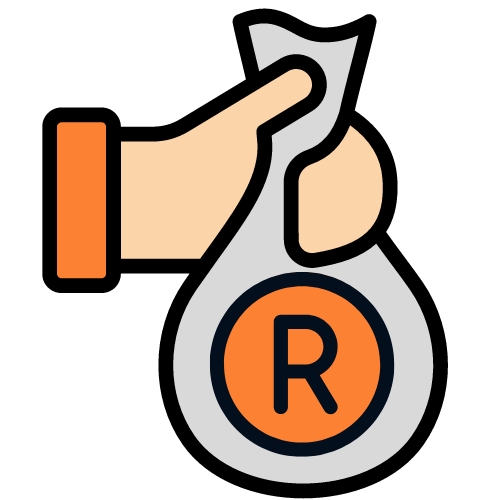
Origination Fees
Certain lenders levy an origination fee, usually a percentage of the loan amount. For instance, on a R10,000 loan with an 8% origination fee, R800 is added to your loan cost or deducted from the loan proceeds.
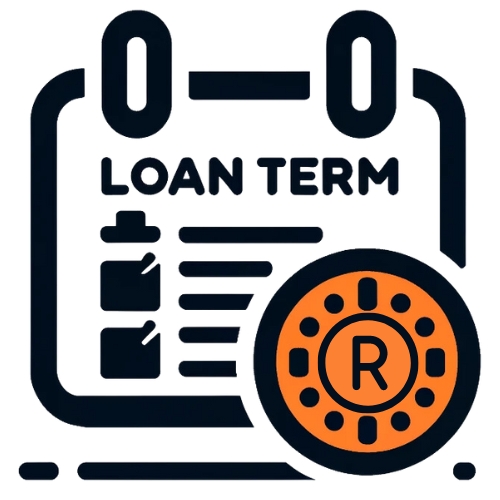
Loan Terms
Personal loans in South Africa span from one month to ten years. Shorter loan terms entail higher monthly payments but generally yield a lower interest rate and overall repayment cost.

Prepayment Penalties
Some lenders impose penalties for repaying your loan ahead of schedule. Select a lender that does not enforce prepayment penalties to avoid incurring additional costs.
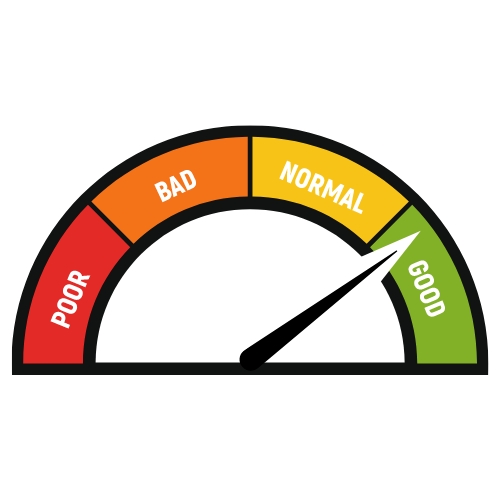
Minimum Credit Score
P2P lenders typically mandate a minimum credit score of approximately 600. Nevertheless, criteria vary, and some lenders may extend better rates to borrowers with higher credit scores.

Collateral
For individuals with imperfect credit, certain lenders offer secured loans, requiring property like a car as collateral. This can enhance your approval chances and secure a more favorable interest rate.
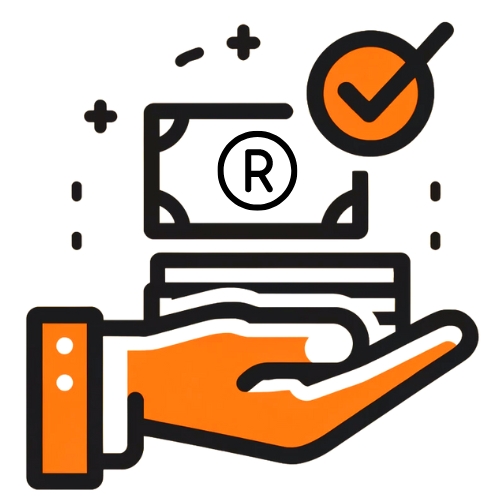
Loan Disbursement
The speed of loan disbursement fluctuates. While some lenders can furnish funds as soon as the next business day post-approval, others may take several days. Opt for a lender offering rapid disbursement if you require funds promptly.
By meticulously considering these factors, you can identify a P2P loan lender in South Africa that aligns with your financial requirements and circumstances.
How to Apply for a Loan with Arcadia Finance
Arcadia Finance makes the loan application process straightforward and convenient. Visit our website to begin your application, and our dedicated and knowledgeable team will be on hand to assist with any inquiries you might have. We will ask for some basic information, such as your income, expenses, desired loan amount, and preferred repayment term. Once your application is submitted, our team will review it promptly and respond with a decision as soon as possible.
Alternatives to P2P Lending
Consider exploring other financing options before committing to P2P lending to ensure you make the best decision for your financial situation and objectives. Here are some alternatives to consider:
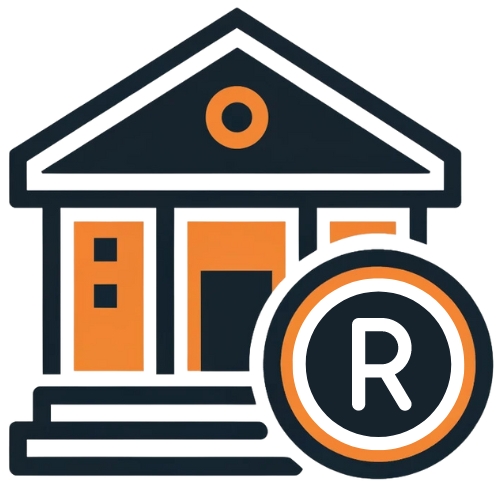
Conventional Bank Loans
Traditional banks and credit unions provide unsecured personal loans. These institutions follow established procedures and regulations, offering borrowers a sense of reliability and often lower interest rates. However, stringent eligibility requirements, such as high credit scores and income thresholds, may pose obstacles for some borrowers. The application and approval process may also be lengthy and may require in-person visits.

Credit Unions
Credit unions are member-owned financial cooperatives that prioritize the financial well-being of their members and communities. They may extend personal loans to members with limited or imperfect credit histories. Joining a credit union typically involves meeting specific criteria, such as residing in a particular area or working for a specific employer. Applying for a personal loan at a credit union might involve visiting a branch in person, and their limited branch network could be inconvenient if there isn’t one nearby.

Online Lenders
Much like P2P platforms, online lenders offer loans through digital platforms without physical branches. By employing advanced technology, these lenders simplify the application and approval processes, ensuring that borrowing is both accessible and efficient. The application process with online lenders is efficient and user-friendly, giving borrowers the convenience of applying from home. Approvals are usually quick, and some online lenders specialize in serving individuals with less-than-perfect credit. While their personal loan rates may not always be lower than those offered by P2P lenders, they deserve consideration alongside banks and credit unions in your research.
Peer-to-peer lending is just one option in a vast landscape of financial products. Explore the various types of loans available and understand their unique features to make an informed decision that best suits your needs.
Conclusion
P2P lending has emerged as a viable alternative to traditional financing and investment avenues, offering distinctive opportunities for both borrowers and investors. However, before delving into P2P lending, it’s crucial to carefully evaluate your financial goals and needs. Consider whether a P2P loan aligns with your objectives, whether you’re seeking funds as a borrower or pursuing returns as an investor.
Frequently Asked Questions
Peer-to-peer lending carries a higher level of risk compared to a savings account or a certificate of deposit, but it also offers significantly higher interest rates. This increased return is because investors on peer-to-peer lending platforms take on the risk that would typically be managed by banks or other financial institutions.
Peer-to-peer lending can be worth it if you’re looking for higher returns with the acceptance of higher risks. It can be a beneficial part of a diversified investment portfolio, but it’s essential to understand the potential for borrower defaults and platform risks specific to the South African market.
No, peer-to-peer lending is not illegal in South Africa. However, it is regulated, and platforms must comply with legal requirements to protect both borrowers and investors. Ensure that the platform you choose is properly regulated by the relevant South African authorities.
Yes, you can make money from peer-to-peer lending. Investors earn returns from the interest paid by borrowers. It’s crucial to research and choose reliable platforms and diversify your investments to manage risks effectively.
The amount needed to start with peer-to-peer lending in South Africa varies by platform. Some platforms allow you to start with as little as R100, while others may require a larger minimum investment. It’s important to understand the platform’s requirements and ensure you’re comfortable with the investment level.



